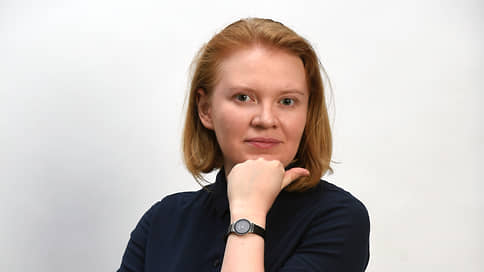Column by Tatyana Edovina on the limits of flexibility in GDP estimates
[ad_1]

Comparisons of the size of the Russian economy with more developed ones in terms of purchasing power parity (PPP), which have become popular, make it possible to achieve economic success in a way convenient for developing countries – without taking into account the dollar exchange rate and its dynamics. According to the IMF, exchange rates calculated using PPP differ from market rates by two to four times, which depends not only on the difference in prices for tradable goods (that is, those that can be exported or imported), but also for services, the cost of which the salary component is more important. Another significant factor is the availability of medical, educational and other services – “free” access to them also increases estimates of the quality of life according to PPP: the lower wages and cheaper services in a country, the more recalculation according to PPP will increase it – for developed countries countries there is not such a big difference.
Let us remind you that when comparing nominal GDP volumes at market rates, the United States is still significantly ahead of China – $25.44 trillion versus $17.96 trillion. Next come Japan, Germany, India, Great Britain, France. Russia, eighth on this list, had a GDP of $2.24 trillion at the end of 2022 due to the strengthening of the ruble versus $1.84 trillion in 2021, although calculation in constant prices expectedly changes growth to a decline in GDP. Recalculation by PPP puts the Russian Federation in fifth place with a GDP of $5.33 trillion (after China, the USA, India and Japan) – this already happened in 2013, when Russia was also ahead of Germany, but GDP per capita in Germany is -still almost twice as high as the Russian Federation.
The faster a country’s prices rise, the higher its nominal GDP will be and—as a rule—the weaker its currency will be. The PPP calculation takes into account rates calculated from the cost of the same volume of goods and services (about a thousand) in different countries – conditionally, this is a multiple “Big Mac index”, when the rate is calculated from prices for the same burger in different countries (judging by According to the Economist index, the most overvalued currencies are the Swiss franc, Norwegian krone and Uruguayan peso). Such recalculations are irregular due to difficulties in collecting price data, but reference values are adjusted annually.
Theoretically, floating exchange rates should gradually equalize the cost of the same goods in different countries, which is what happens (although the process depends on the share of imports). There will be a larger gap in prices for services and real estate – this is easy to notice after dining in restaurants of comparable quality in different countries. Such everyday comparisons, in fact, demonstrate the concept of parity and the degree of divergence from it – in assessing the economic success of the country, of course, it is worth starting from per capita indicators and their dynamics in real, not nominal terms, although it is noticeable to find a reason for pride in them more difficult.
[ad_2]
Source link






